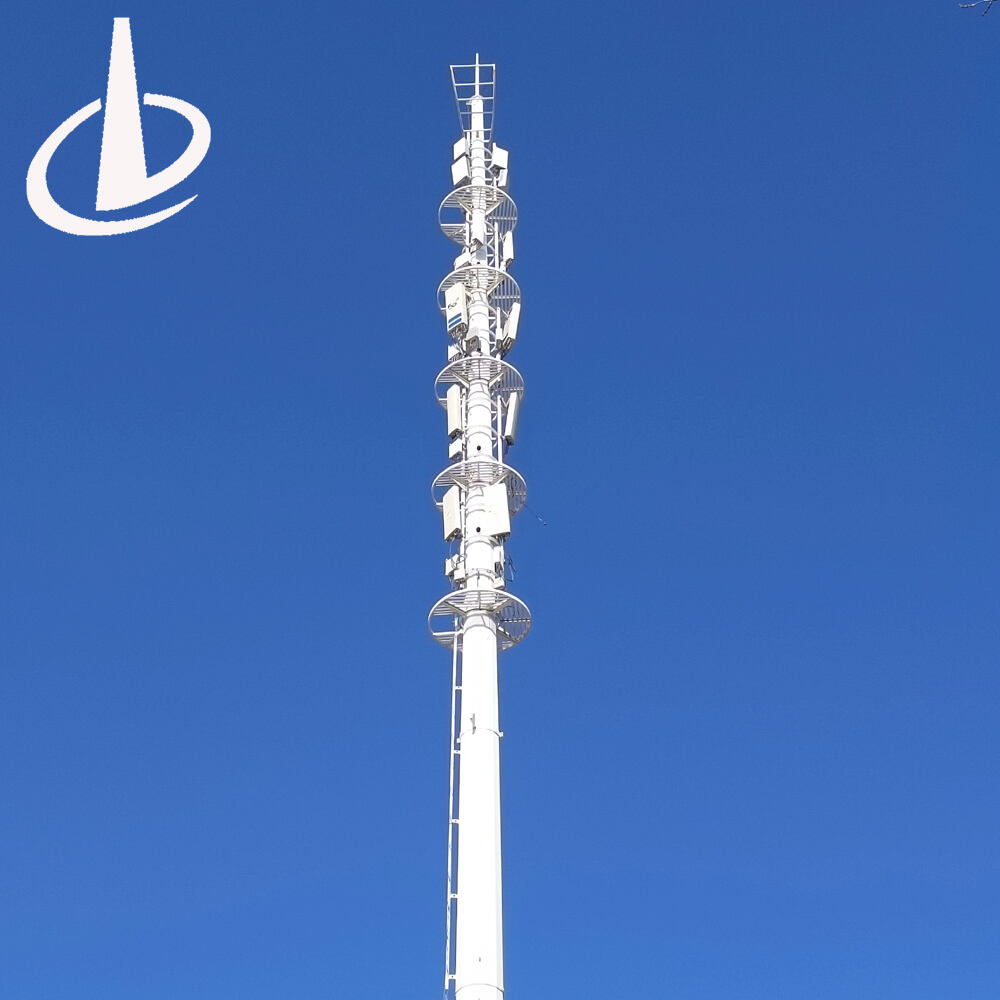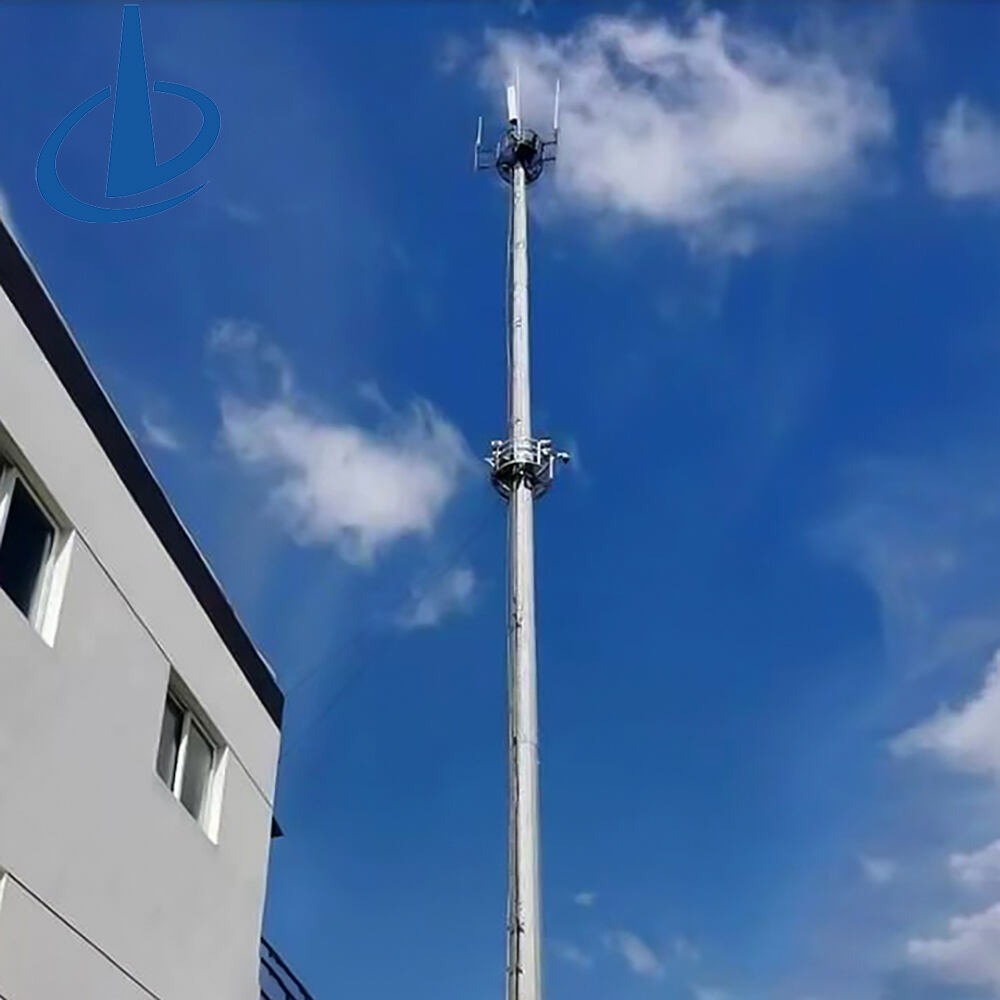self standing antenna tower
A self standing antenna tower represents a critical infrastructure component in telecommunications, designed to support various communication equipment without requiring external support or guy wires. These robust structures, typically constructed from high-grade steel or aluminum, are engineered to maintain stability through their own structural integrity and a solid foundation system. The towers range in height from 30 to over 200 feet and are specifically designed to withstand extreme weather conditions, including high winds and ice loading. Their freestanding nature makes them particularly suitable for installations where space is limited or where guy wires would be impractical. The tower's architecture incorporates multiple sections that taper from a wider base to a narrower top, providing optimal weight distribution and stability. Modern self standing towers feature advanced corrosion protection systems, integrated cable management solutions, and modular designs that facilitate future expansions or modifications. These structures commonly support various types of antennas, including cellular, microwave, radio, and television broadcasting equipment, making them essential for modern communication networks. The towers include built-in climbing facilities for maintenance access and are equipped with aviation warning lights when required by regulations.


